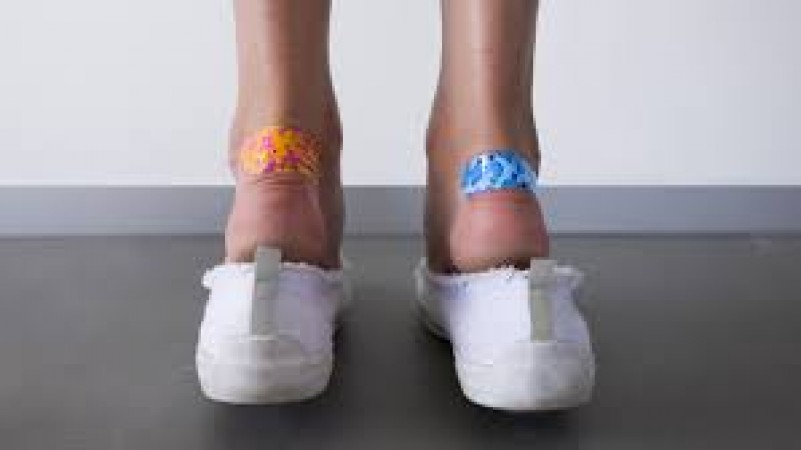
Blisters can turn your excitement over new shoes into a painful experience. But fear not, as we'll guide you on how to get immediate relief from these bothersome blisters. In this article, we'll explore various methods and tips to help you soothe the discomfort and continue striding confidently in your stylish footwear.
Before we dive into blister relief strategies, let's briefly understand why new shoes often lead to blisters.
Friction and Pressure Points
New shoes, especially those with stiff materials or tight-fitting areas, can rub against your skin, causing friction. This friction generates heat, leading to the formation of blisters.
Incorrect Sizing
Wearing shoes that don't fit properly can also result in blisters. Shoes that are too tight or too loose can create pressure points on your feet, leading to painful sores.
When blisters strike, quick action is essential to minimize discomfort and prevent them from getting worse.
Wash and Sanitize
Begin by cleaning the affected area with mild soap and water. Pat it dry gently, making sure not to rub the blister.
Apply an Antiseptic
Apply an antiseptic solution to reduce the risk of infection. This step is crucial for blister care.
Moleskin or Blister Pads
Cover the blister with a moleskin or a specialized blister pad. These protect the blister and reduce friction.
Avoid Popping
Resist the urge to pop the blister. Popping it can increase the risk of infection.
Change Shoes
If possible, switch to a different pair of shoes with a more comfortable fit. This can alleviate pressure on the blistered area.
Use Insoles
Gel or cushioned insoles can provide extra support and reduce friction.
Now that you've addressed the immediate discomfort let's explore ways to prevent blisters from occurring in the first place.
Choose the Right Size
Ensure your shoes fit properly. Get your feet measured regularly to account for any size changes.
Quality Matters
Invest in high-quality shoes that are designed for comfort. Look for materials that are less likely to cause friction.
Wear Them In
New shoes often require some breaking in. Start by wearing them for short periods and gradually increase the duration.
Use Lubricants
Apply a lubricant like petroleum jelly to potential problem areas before wearing new shoes. This can reduce friction.
Opt for Moisture-Wicking Socks
Choose moisture-wicking socks to keep your feet dry. Wet socks can increase friction and blister risk.
While most blisters can be treated at home, there are instances when medical assistance is necessary.
Redness and Swelling
If the blister becomes increasingly red, swollen, or painful, it might be infected. Seek medical attention promptly.
Pus or Discharge
The presence of pus or discharge from the blister is a clear sign of infection.
Blisters from new shoes can be painful, but with the right knowledge and swift action, you can find relief and prevent them from recurring. Remember to prioritize proper shoe selection, take gradual steps to break in new footwear, and, most importantly, prioritize your foot health. By following these tips, you can ensure that your journey in stylish new shoes is both comfortable and enjoyable.
Stomach ache and gas problem will go away, this spice kept at home is full of properties
World Heart Day: Three Cardiovascular Conditions for Generation Z to Know
Fitness Tips: Want to stay fit without going to the gym? Do four activities at home